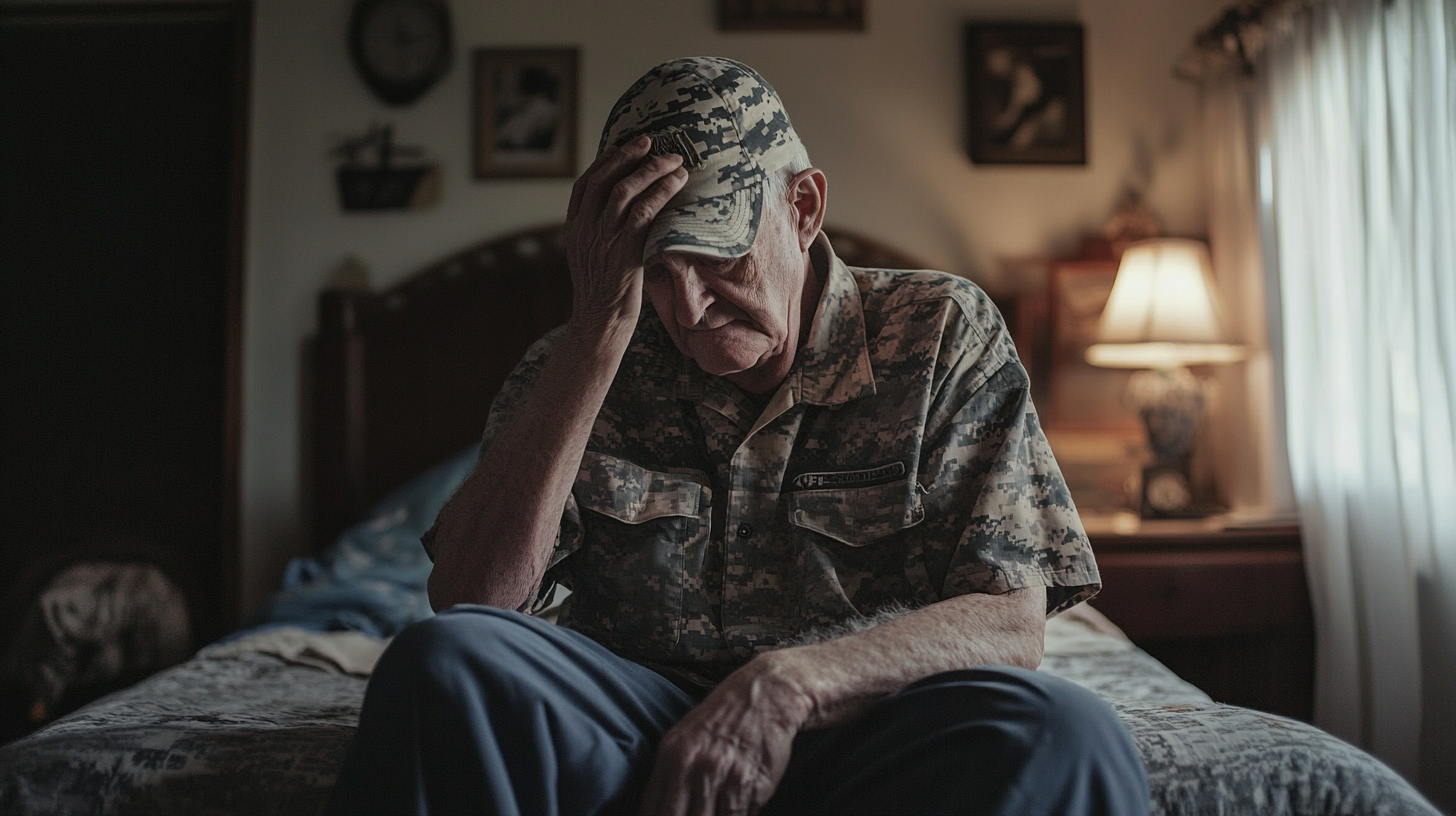Definition
An evasion plan of action (EPA) is a predefined strategic plan used by military personnel when they are behind enemy lines, which outlines steps to evade capture and return to friendly lines. It includes details like routes, navigation methods, food and water sources, as well as communication procedures with friendly forces. This plan is tailored to individual missions, geographical location, and the skill levels of personnel involved.
Key Takeaways
- An Evasion Plan of Action (EPA) is a crucial document prepared by military personnel that outlines their strategy for survival, evasion, resistance and escape (SERE) should they find themselves behind enemy lines.
- EPAs typically include information like escape routes, survival techniques, communication plans and rendezvous points. They give military personnel a clear plan to follow in emergency situations, greatly reducing the risk of capture or death.
- Regularly updating and practicing EPAs is a vital part of military training and operations. It ensures responses to potentially dangerous situations become second nature and are effectively executed under pressure.
Importance
The Evasion Plan of Action (EPA) is a critical element in military operations due to its role in protecting personnel who find themselves in hostile territory.
This comprehensive strategy outlines the steps individuals should take in order to avoid capture, survive in difficult conditions, and ultimately return to friendly control.
The importance of EPA stems from its ability to increase survival chances by providing well-regulated procedures for maintaining physical health, avoiding enemy detection, and establishing communication with friendly forces.
Having a robust EPA in place preempts potential failure points, enhances mission success rate, and minimizes the risk to uniformed personnel, thereby making it a vital part of any military operation.
Explanation
The Evasion Plan of Action (EPA) is an integral aspect of military operations, primarily conceived to provide enhanced safety and survivability options for the military personnel engaged in highly precarious and potentially hostile situations. The primary purpose of an EPA is to equip military personnel with an elaborately strategized action plan that governs their behavior, movements, and strategic steps in the instance they are isolated, particularly in enemy territory or an unfriendly environment.
Designed in response to the variable intensity of warfare and combat situations, the EPA is typically used in scenarios where distressing events can lead to an individual being separated from their unit. This may include but is not limited to events like aircraft downing, vessel sinkings, or evading capture during land engagements.
The EPA contains indispensable details such as navigation plans, survivability techniques, communication protocols, and recovery methods. By meticulously following the pre-decided plan of action, the individual increases their chances of survival, minimizes the likelihood of capture, and augments the likelihood of successful rescue or recovery by friendly forces.
Examples of Evasion plan of action
WWII – The French Resistance: During the second World War, the French Resistance created an elaborate evasion plan of action to support downed Allied pilots. The plan, known as the Comet Line, involved secretly moving airmen from hiding place to hiding place, with stops often timed to coincide with curfew hours. To avoid detection, the Comet Line used a variety of measures such as walkers crisscrossing their tracks, zig zagging paths, and even multiple attempts to cross borders.
1962 Cuban Missile Crisis: Following the Cuban Missile Crisis in 1962, the U.S. military developed varied evasion plans of action for a potential nuclear attack. These often involved elaborate evacuation plans, including predetermined, secret routes to safe havens, protocols for dispersing key military personnel and maintaining government continuity.
Vietnam War – Hanoi Hilton: American prisoners of war often developed evasion plans of action to escape from the infamous Hanoi Hilton during the Vietnam War. These actions involved not only physical escape from the prison, but communication strategies with outside forces, and strategies to evade capture after the escape. Many prisoners attested to memorizing strategic maps, creating makeshift tools, and planning methods of passing unnoticed through enemy lines.It’s important to note that while these examples are of large-scale evasion plans, on a smaller scale, individual soldiers are also trained in developing their own evasion plans of action should they be captured or separated from their unit. This often includes navigation strategies, concealment techniques, and survival skills.
Frequently Asked Questions about Evasion Plan of Action
What is an Evasion Plan of Action?
An Evasion Plan of Action is a strategic plan used in the military that outlines the desired course of action for personnel in case of isolation or captures in hostile territories. It is designed to optimize the survival potential and the chances of recovery by their respective forces.
When is an Evasion Plan of Action used?
An Evasion Plan of Action is primarily used during military operations that take place in hostile territories where there is a high risk of personnel being isolated or captured.
Who typically creates an Evasion Plan of Action?
The Evasion Plan of Action is typically created by top military strategists and intelligence officers who are well-versed in enemy tactics and have a strong understanding of various escape and evasion tactics.
Why is an Evasion Plan of Action necessary?
An Evasion Plan of Action is necessary to safeguard personnel and reduce the likelihood of capture by enemy forces. It plays a crucial role in ensuring the survival and recovery of military personnel.
What elements are included in an Evasion Plan of Action?
An Evasion Plan of Action typically includes detailed navigation plans, first aid policies, emergency signaling methods, survival tactics, and instructions for behavior if capture becomes unavoidable.
Related Military Operation Terms
I believe there may be some misunderstanding, “Evasion Plan of Action” typically pertains to military procedures, rather than VA benefits. However, I can provide a list of five terms related to VA benefits. I will write these in HTML bullet point format as requested:
“`
- Post-9/11 GI Bill
- Disability Compensation
- Veterans Pension Program
- Dependency and Indemnity Compensation (DIC)
- Vocational Rehabilitation & Employment (VR&E)
“`
Sources for More Information
- U.S. Army’s Official Website – Find insightful articles and resources related to military protocol, including evasion plans of action.
- U.S. Air Force’s Official Website – Search for articles and guidance on various military procedures like evasion plans of action.
- U.S. Navy’s Official Website – Look for useful material and learn more about evasion plans of action.
- U.S. Department of Defense’s Official Website – Access a wealth of information about U.S. military operations, including evasion plans of action.
 Benefits.com Advisors
Benefits.com Advisors
With expertise spanning local, state, and federal benefit programs, our team is dedicated to guiding individuals towards the perfect program tailored to their unique circumstances.
Rise to the top with Peak Benefits!
Join our Peak Benefits Newsletter for the latest news, resources, and offers on all things government benefits.




















